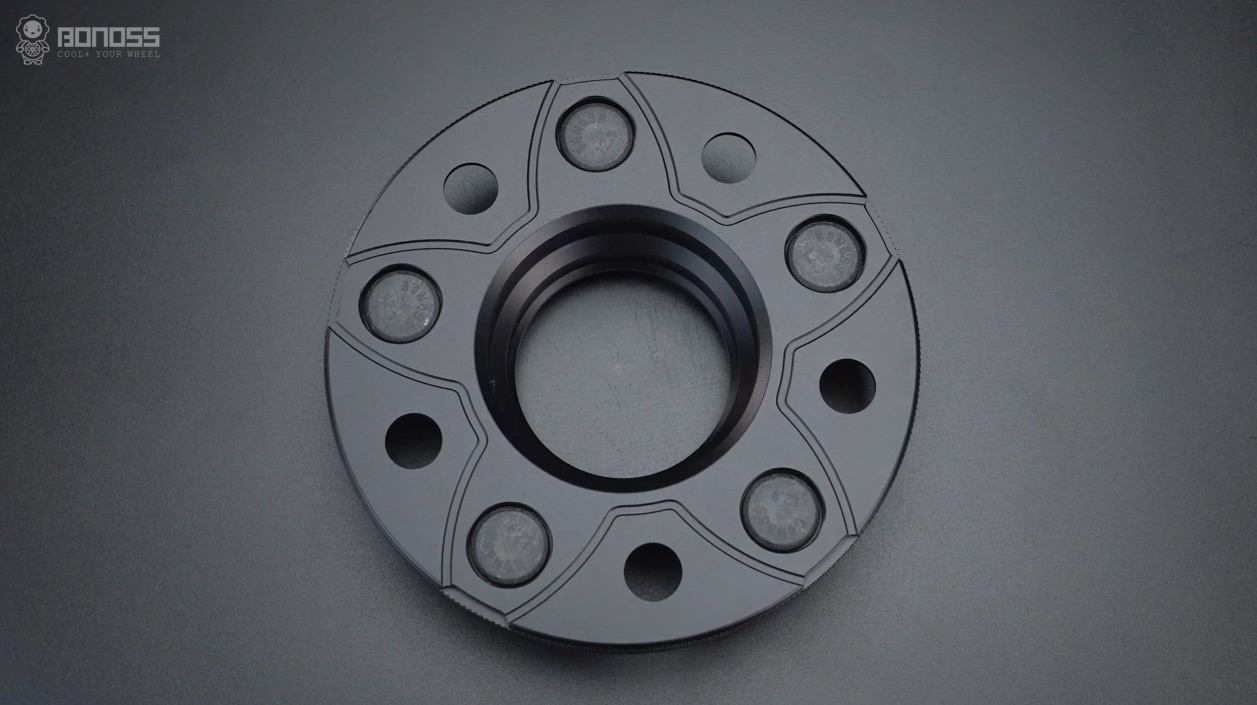Mitsubishi wheel spacers are designed specifically for Mitsubishi vehicles, such as Lancer, Outlander, Eclipse, Pajero and others. They are made of high-quality materials, such as aluminum or steel, and come in different sizes and thicknesses to suit different models and preferences. Installing Mitsubishi wheel spacers is not a difficult task, but it requires some tools and skills. Here are the steps to follow:
Steps to install Mitsubishi wheel spacers
Step 1: Gather the necessary tools and materials
Before you start installing Mitsubishi wheel spacers, you will need the following tools and materials:
- A jack and jack stands to lift and support the vehicle
- A lug wrench or a socket wrench to remove and tighten the lug nuts
- A torque wrench to apply the correct amount of force to the lug nuts
- A measuring tape or a ruler to check the clearance and fitment of the wheels
- A wire brush or a rag to clean the hub and the wheel spacers
- Anti-seize compound or grease to prevent corrosion and sticking of the metal parts
- Mitsubishi wheel spacers that match your vehicle model and wheel size
- Extended lug bolts or studs if your wheel spacers are thicker than 10 mm
Step 2: Lift and secure the vehicle
The first step is to lift and secure the vehicle using a jack and jack stands. Make sure you park the vehicle on a flat and solid surface, engage the parking brake and chock the wheels that are not being lifted. Follow the instructions in your owner’s manual on how to safely lift and support your vehicle. Do not work under a vehicle that is only supported by a jack.
Step 3: Remove the wheels
The next step is to remove the wheels from the vehicle. Use a lug wrench or a socket wrench to loosen the lug nuts, but do not remove them completely. Then, lift the wheel off the hub and set it aside. Repeat this process for all the wheels that you want to install Mitsubishi wheel spacers on.

Step 4: Clean the hub and the wheel spacers
Before you install Mitsubishi wheel spacers, you need to clean the hub and the wheel spacers to ensure a proper fit and contact. Use a wire brush or a rag to remove any dirt, rust, grease or debris from the hub and the wheel spacers. You can also use a brake cleaner or a degreaser to clean the surfaces. Make sure the hub and the wheel spacers are dry before proceeding.
Step 5: Apply anti-seize compound or grease
To prevent corrosion and sticking of the metal parts, you need to apply some anti-seize compound or grease to the hub and the wheel spacers. This will also make it easier to remove them in the future if needed. Apply a thin layer of anti-seize compound or grease to the mating surfaces of the hub and the wheel spacers, as well as to the lug bolts or studs.
Step 6: Install Mitsubishi wheel spacers
Now you are ready to install Mitsubishi wheel spacers on your vehicle. Align the holes of the wheel spacers with the holes of the hub, and slide them onto the lug bolts or studs. Make sure they are flush and centered on the hub, and there is no gap or wobble between them. If your wheel spacers are thicker than 10 mm, you may need to replace the original lug bolts or studs with extended ones to secure them properly.
Step 7: Reinstall the wheels
The final step is to reinstall the wheels on your vehicle. Align the holes of the wheels with the holes of the wheel spacers, and slide them onto the lug bolts or studs. Use a lug wrench or a socket wrench to hand-tighten the lug nuts in a star pattern. Then, lower the vehicle from the jack and jack stands, and use a torque wrench to tighten the lug nuts to the specified torque in your owner’s manual. Check the clearance and fitment of the wheels, and make sure they do not rub against any part of the vehicle.

Which Mitsubishi wheel spacers are safe to install?
BONOSS Mitsubishi wheel spacers are safe to install with high quality and performance. They are made from aerospace grade 7075-T6 forged aluminum alloy. All of these spacers are tough and durable enough and will not be easy to break. 7075-T6 AL has a high degree of corrosion resistance and strength. It has an ultimate tensile strength of 510–540 MPa (74,000–78,000 psi) and yield strength of at least 430–480 MPa (63,000–69,000 psi).
BONOSS Mitsubishi wheel spacers are compatible and deliberately designed for all Mitsubishi models. For different models and years, there are corresponsive spacers to fit the wheel and hub patterns and sizes. Besides, BONOSS Mitsubishi wheel spaces are multi-stage hub-centric. Common hub-centric wheel spacers can provide more balance and more secure fitment than lug-centric ones. Lug-centric wheel spacers can inevitably cause vibration and wobble issues. You should never risk utilizing lug-centric spacers. BONOSS Mitsubishi wheel spacers are more stable and safer than common hub-centric spacers. They are deliberately designed to fit the chamfers and stages in the hub bore and wheel bore. If you carefully observe your hub bore, you can see the chamfer and stages which significantly affect the fitment.
BONOSS Mitsubishi wheel spacers are distinguished for active cooling structure. It is the grooves on the surface of the spacers that function to dissipate the heat of the brake system. The groove patterns are devised based on aerodynamics. They are petal-shaped arcs distributed around the lug holes. The air flows in the grooves to bring out the heat, especially when the car is at a high speed and the wheels rotate fast, the heat dissipation effect is better. Hence thermal decay can be relieve and brake response can be improved.






